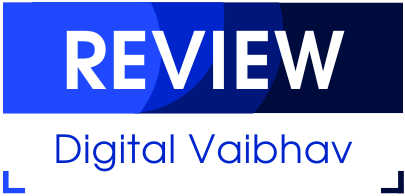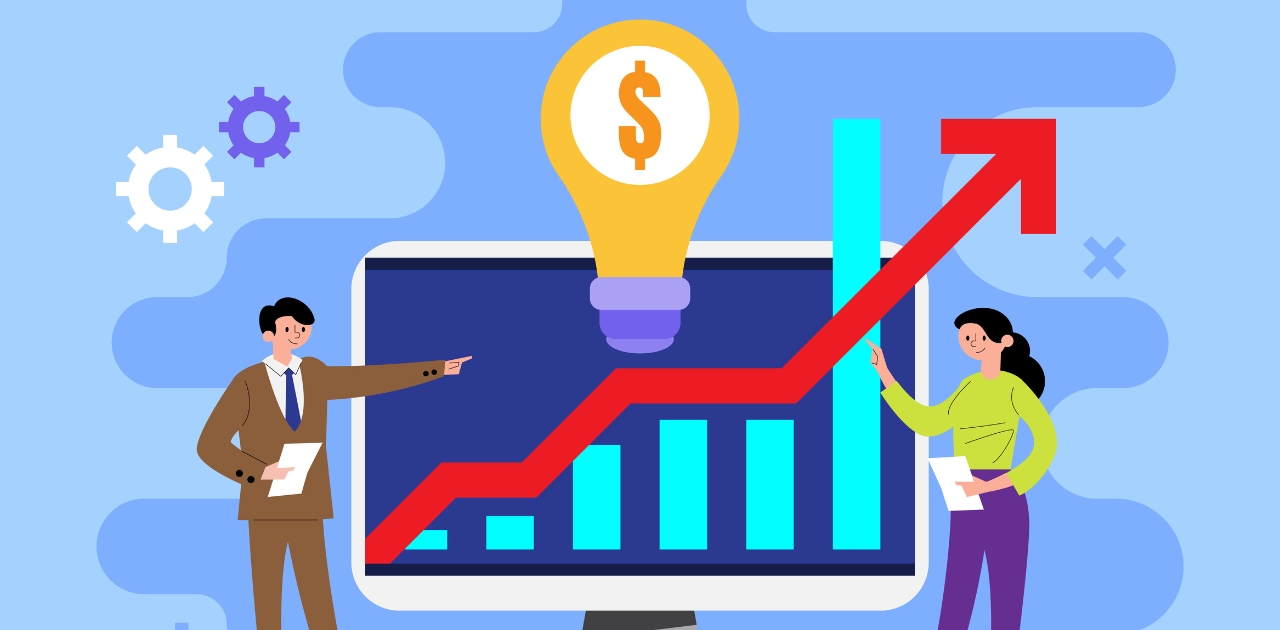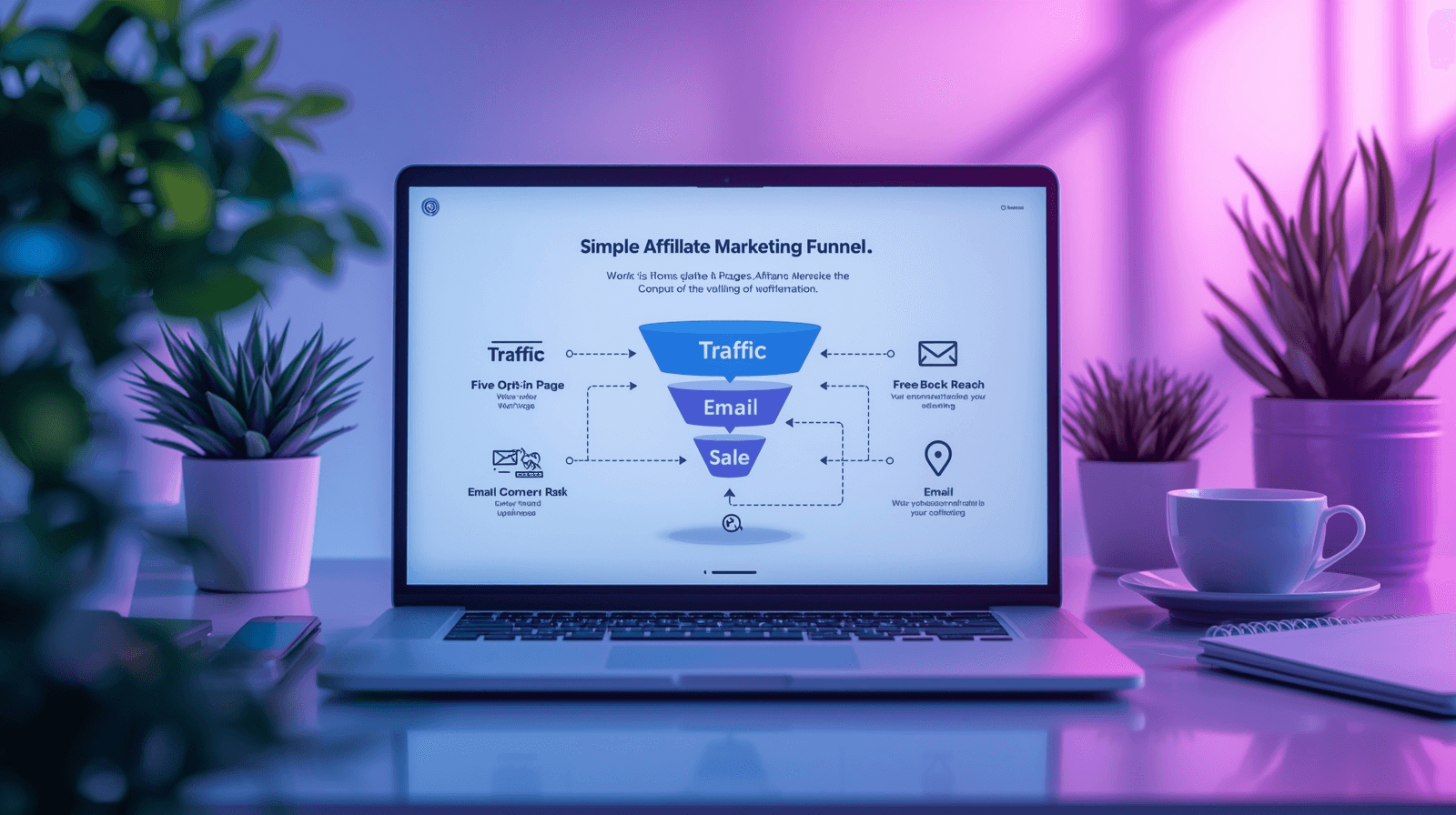In today’s digital workplace, businesses rely heavily on technology to enhance productivity and track performance. Employee monitoring software plays a crucial role in this process, but it also introduces significant risks if companies ignore data security. Securing employee data not only protects your organization but also builds trust with your workforce. In this guide, we explore why data security matters in employee monitoring and how businesses can implement best practices.
Why Data Security Matters in Employee Monitoring
Employee monitoring software collects sensitive information. This data includes emails, browsing history, keystrokes, file access, and sometimes personal information. If this data falls into the wrong hands, it can cause reputational damage, legal penalties, and financial loss.
Companies face increasing regulatory requirements regarding employee privacy. For instance, GDPR, CCPA, and other data protection laws demand that businesses handle personal information responsibly. Failure to comply can result in hefty fines and legal challenges. Prioritizing data security ensures your organization complies with these regulations while safeguarding sensitive information.
Risks of Poor Data Security in Employee Monitoring
Poor data security exposes businesses to multiple risks:
- Data Breaches: Hackers can exploit weak security protocols to steal confidential information.
- Internal Threats: Employees with access to monitoring data can misuse it without proper controls.
- Reputation Damage: News of compromised employee data can harm your brand image.
- Legal Consequences: Organizations may face lawsuits or fines if they mishandle personal data.
Monitoring software offers great benefits, but companies must address these risks proactively to maintain a safe work environment.
Best Practices for Securing Employee Data
Businesses can adopt several strategies to secure data effectively while using employee monitoring tools like SentryPC:
1. Choose a Secure Monitoring Solution
Select employee monitoring software that includes robust security measures. Look for tools that encrypt data both at rest and in transit. Encryption ensures unauthorized users cannot access sensitive information, even if they breach the system.
2. Implement Strong Access Controls
Limit access to monitoring data only to authorized personnel. Use role-based permissions to define who can view or edit data. Strong access controls reduce the risk of internal threats and prevent unauthorized misuse.
3. Regularly Update and Patch Software
Software vulnerabilities create entry points for cybercriminals. Update your monitoring tools regularly and apply security patches immediately. Staying current protects your system from potential exploits.
4. Educate Employees About Data Security
Train employees on data security best practices. Teach them how to recognize phishing attempts, handle sensitive information, and use monitoring software responsibly. Well-informed employees reduce the likelihood of accidental data breaches.
5. Encrypt All Sensitive Data
Encryption protects sensitive data stored on servers or transmitted over networks. Use strong encryption protocols like AES-256 to safeguard information. Even if a cyberattack occurs, encryption prevents unauthorized parties from accessing meaningful data.
6. Monitor and Audit Data Access
Regularly audit who accesses employee monitoring data. Monitoring user activity helps identify unusual patterns or potential security breaches. Early detection allows businesses to respond quickly and mitigate damage.
7. Create a Clear Data Retention Policy
Define how long monitoring data remains accessible and when to delete it. Limiting data retention reduces the risk of storing outdated or unnecessary sensitive information that hackers might exploit.
Benefits of Strong Data Security
Implementing strong security measures in employee monitoring provides multiple benefits:
- Enhanced Trust: Employees feel secure knowing their data receives proper protection.
- Legal Compliance: Organizations meet regulatory requirements and avoid penalties.
- Risk Reduction: Businesses reduce the likelihood of breaches and internal misuse.
- Operational Efficiency: Secure systems run smoothly, minimizing downtime caused by cyber incidents.
Prioritizing data security in employee monitoring protects your organization, employees, and clients while maintaining productivity.
Conclusion
Employee monitoring software can significantly improve workplace efficiency, but it comes with responsibilities. Businesses must actively safeguard sensitive information and implement best practices to prevent data breaches. By choosing secure software, enforcing access controls, educating employees, and maintaining strong encryption, companies can mitigate risks and build trust.
In today’s digital era, organizations cannot afford to overlook data security. Take proactive steps to protect your employee data, comply with regulations, and create a safe and transparent work environment. With proper security, employee monitoring becomes a tool for growth, not a liability.








0 Comments